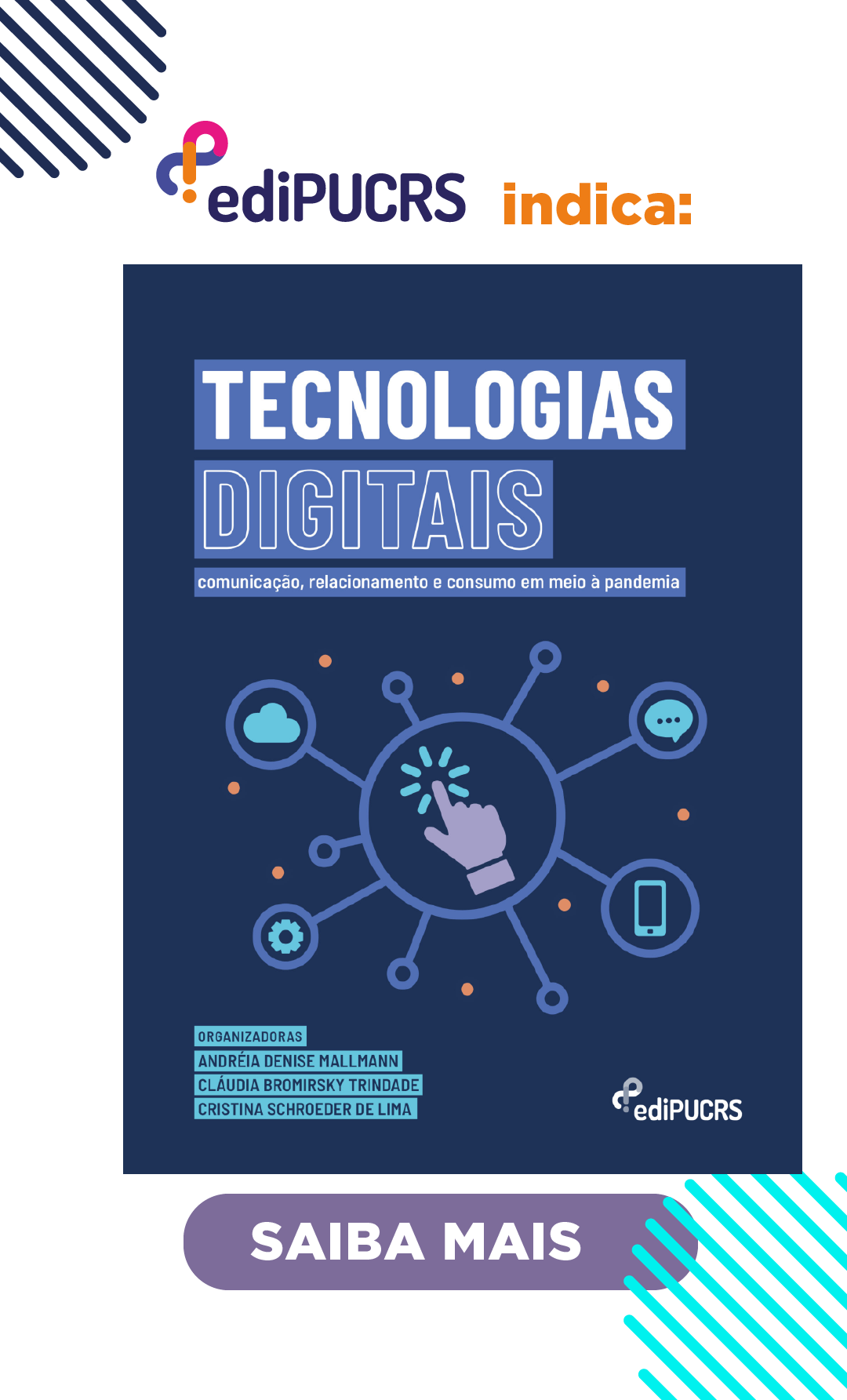The intercultural studies and the Brazilian's mentality
Keywords:
Intercultural communication, national mentality, cultural markersAbstract
Studies about cultural markers of groups have been made for a long time. Nowdays they are less subjective and statistical data have been collected about many nations. Among them the Brazilian population has been surveyed and compared. This new methodology overcomes the impressionist way Brazilian authors used to describe the national mentality and its character. Such kind of studies allows global actors to increase its knowledge about foreign peoples and improve its intercultural communication tools.Downloads
References
CASTORIADIS, Cornelius. A Instituição Imaginária da Sociedade. Rio de Janeiro: Paz e Terra, 2000.
HARRISON, Lawrence E.; HUNTINGTON, Samuel P. (Org). Culture Matters. Basic Books, 2000.
PRADO JUNIOR, Caio. História Econômica do Brasil. São Paulo: Brasiliense, 1990.
RIBEIRO, Darcy. Os brasileiros. Petrópolis: Vozes, 1987.
SCHWARTZ, Shalom H. Basic human values: Their content and structure across countries. In: TAMAYO, A.; PORTO, J.B. (Orgs.) Valores e comportamento nas organizações. Petrópolis: Vozes, 2005, p. 21-55.
TAYLOR, Charles. Modern Social Imaginaries. Duke University Press. 2004.
TROMPENAARS, F. & HAMPDEN-TURNER, C. Culture Club: an interview with Fons Trompenaars. In: Business Strategy Review, v. 13, Issue. 1, p. 31-35, 2002.
TROMPENAARS, F & HAMPDEN-TURNER, C. 21 Leaders for the 21st Century . McGraw-Hill, 2001.
USUNIER, Jean Claude & LEE, Julie, LEE, Ann. International Marketing: a Cultural Approach. Prentice Hall, 2005.
Downloads
How to Cite
Issue
Section
License
Copyright
The submission of originals to Revista Famecos implies the transfer by the authors of the right for publication. Authors retain copyright and grant the journal right of first publication. If the authors wish to include the same data into another publication, they must cite Revista Famecos as the site of original publication.
Creative Commons License
Except where otherwise specified, material published in this journal is licensed under a Creative Commons Attribution 4.0 International license, which allows unrestricted use, distribution and reproduction in any medium, provided the original publication is correctly cited.





